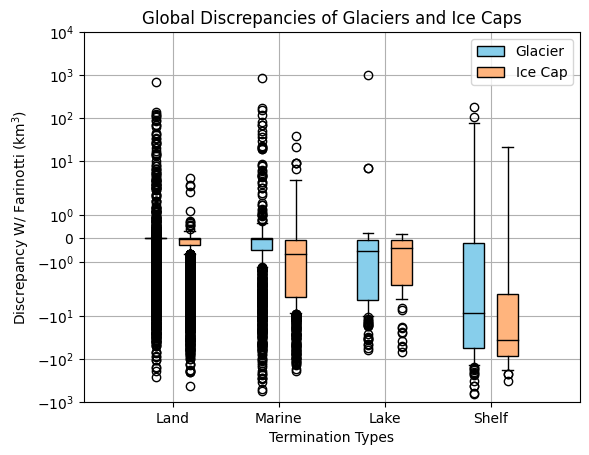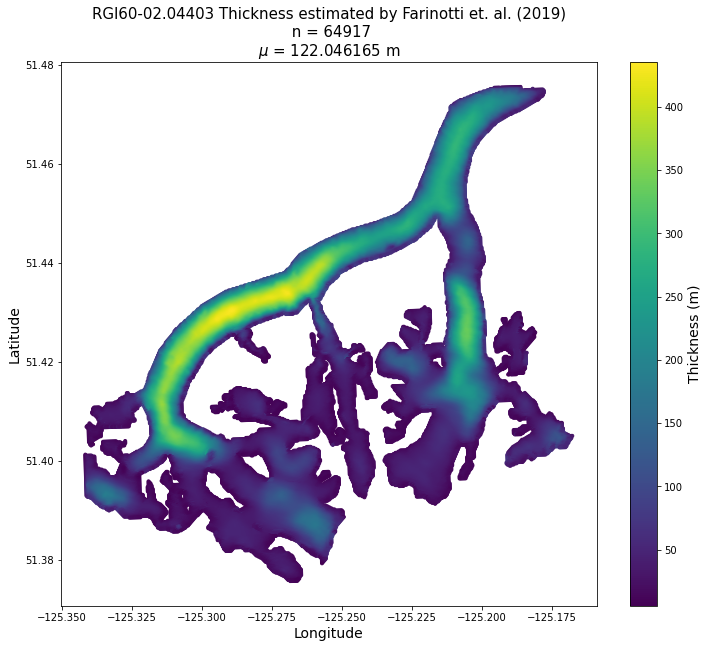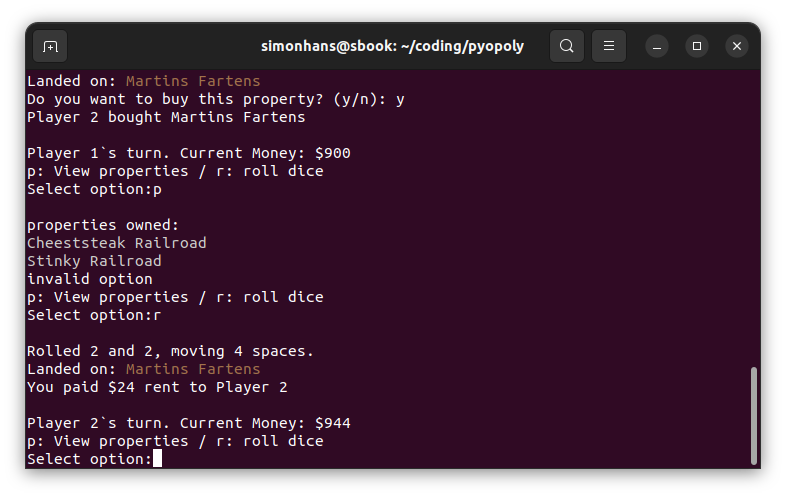Character-mancer
Dungeons & Dragons and other role-playing games employ complex designs of how a player can interact with the game via their in-game personality, known as a player character or PC. Many choices are available to create a player character. Combinations of these choices lead to a multitude of possible personalities and abilities available to explore. In this paper, these choices are randomized, automated, tracked, and analyzed. Governing attributes (Strength, Dexterity, Constitution, Intelligence, Wisdom, and Charisma) are randomly determined before selecting a species, class, background, and alignment based on the rolled attributes and subjective weighting. This study generates characters according to the suggestions in the 2014 5e Dungeons & Dragons Player’s Handbook in an attempt to quantify the demographics of the adventuring population of Faerun.





